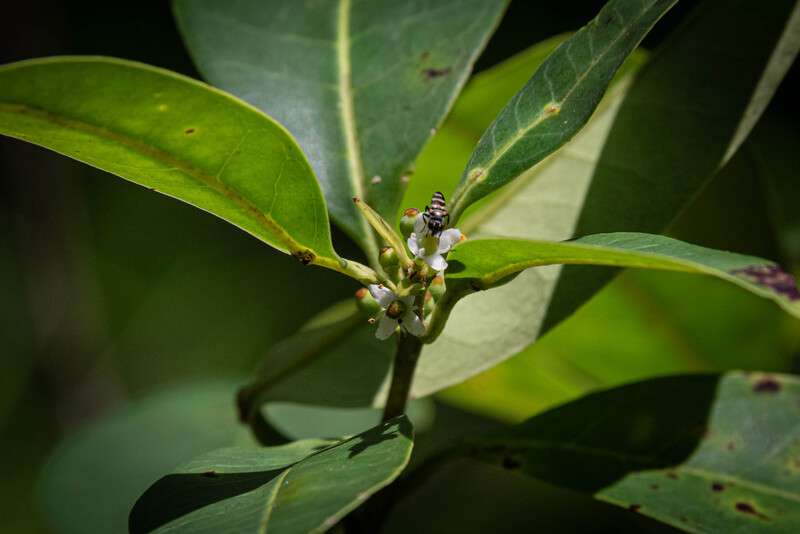Rats Finally Eradicated from Caribbean Island as Huge Nature Reserve Rises in Their Place
In 2016, Antigua and Barbuda, the archipelago nation that owns Redonda, launched an eradication campaign that cleared the island of rats.

A small holly tree species native to Brazil has been rediscovered after nearly two centuries of being presumed extinct.
This incredible return to light is part of a worldwide conservation project to identify species that haven't been seen in tens or hundreds of years. So far, the hunt is going very well, with 9 of the 25 Most Wanted Lost Species actually being found alive.
Ilex sapiiformis also known as the Pernambuco holly, was found in the city of Igarassu, in the Brazilian state that the tree takes its name from. 4 individuals were identified.
The tree, which can reach between 26 and 40 feet in height (8-to-12 meters) was identified by its tiny green flowers after botanists that made up the search team spent hours pouring over museum specimens.
Eventually, having had no luck, they turned their attention to herbaria collections in museums and arboretums that hadn't been digitized-sketched images and pressings.
"Nature surprises us. Finding a species that hasn't been heard of in nearly two centuries doesn't happen every day," said project team member Juliana Alencar in a statement. "It was an incredible moment."
"We were all anxious to find the plant," said another team member-Prof. Milton Groppo. "And it was exciting when we found the first individual of Ilex sapiiformis, thanks to the keen eyes of Mr. Lenilson, who was able to find some white flowers in a tree alongside the dirt road. It's like finding a long-lost and long-awaited relative that you only know by old portraits."
The expedition team, was led by Gustavo Martinelli, an ecologist with Navia Biodiversity Ltd. and sponsored by the organization Re:wild. They have so far financed the rediscovery of 8 other species around the world that had been presumed extinct-adding scientific data detailing each species' conservation situation and what could be done to keep them discovered.
Among these was the Fernandina giant tortoise from the Galapagos, which Re:wild had originally planned on looking for but a search and subsequent lab test by the Galapagos Conservancy beat them to it.
Beyond that, the 25 Most Wanted Lost Species list has successfully added checkmarks next to Jackson's climbing salamander, the silver-backed chevrotain, the Somali sengi, the velvet pitcher plant, Wallace's giant bee, Voeltzkow's chameleon, and the Siera Leone crab.
So many have now been found that Re:wild-which in 2017 when the 25 Most Wanted list was first compiled was called Global Wildlife Conservation-has had to update the quest with new species.
New entries include the Togo blind mouse, the fat catfish, and the big puma fungus. The Holly was also new, but has already been found. Existing entries from the 2017 list include the Ilin Island cloudrunner, which Re:wild already funded an unsuccessful expedition for, and the Wondiwoi tree kangaroo which Re:wild believes had been photographed in 2018, but the quality was too low to confirm or rule out its identity.
As with the original list, the new entries all had watercolor paintings made of them by successful artists in the hope that the paintings will communicate to the world that losing a species is like losing a priceless artwork.
In Brazil, a team from Jardim Botí¢nico de Recife is monitoring the four Pernambuco holly trees the expedition team found, returning to the site weekly to see if the trees are fruiting. The team hopes to collect seeds from the tree and germinate them.
SHARE This Small Step For Nature With Your Friends…
Be the first to comment